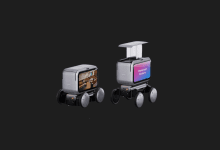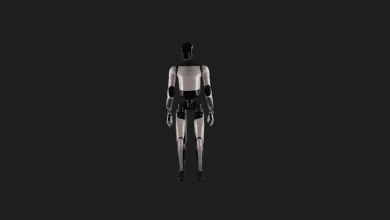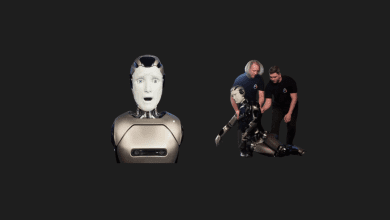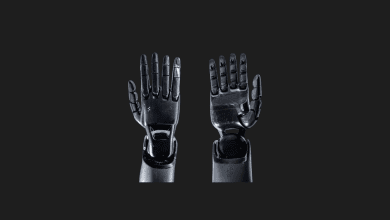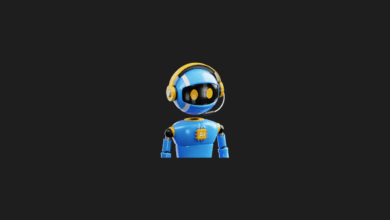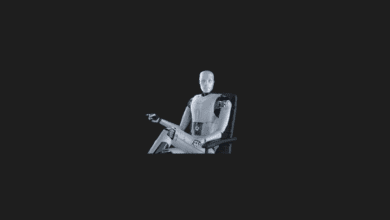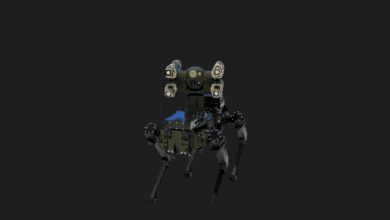Robotic Technology: Advancements, Applications, and Future Prospects
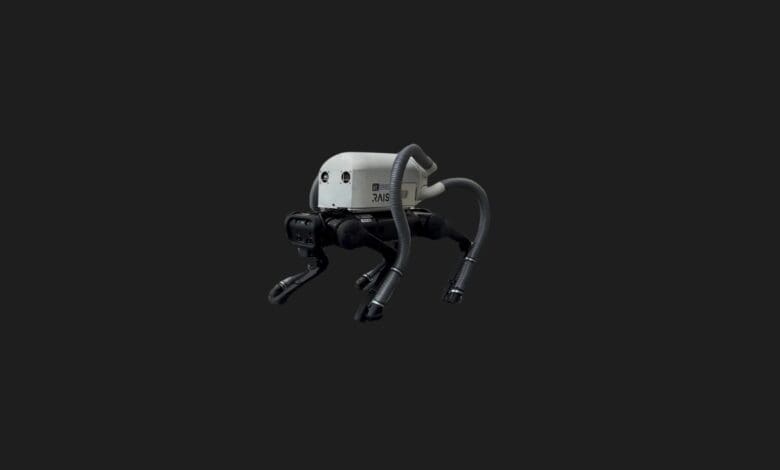
Robotic technology has rapidly evolved over the past few decades, transforming industries and daily life in unprecedented ways. From manufacturing and healthcare to exploration and service industries, robots are becoming integral to our world. This article explores the advancements in robotic technology, its current applications, and what the future holds for this transformative field.
Advancements in Robotic Technology
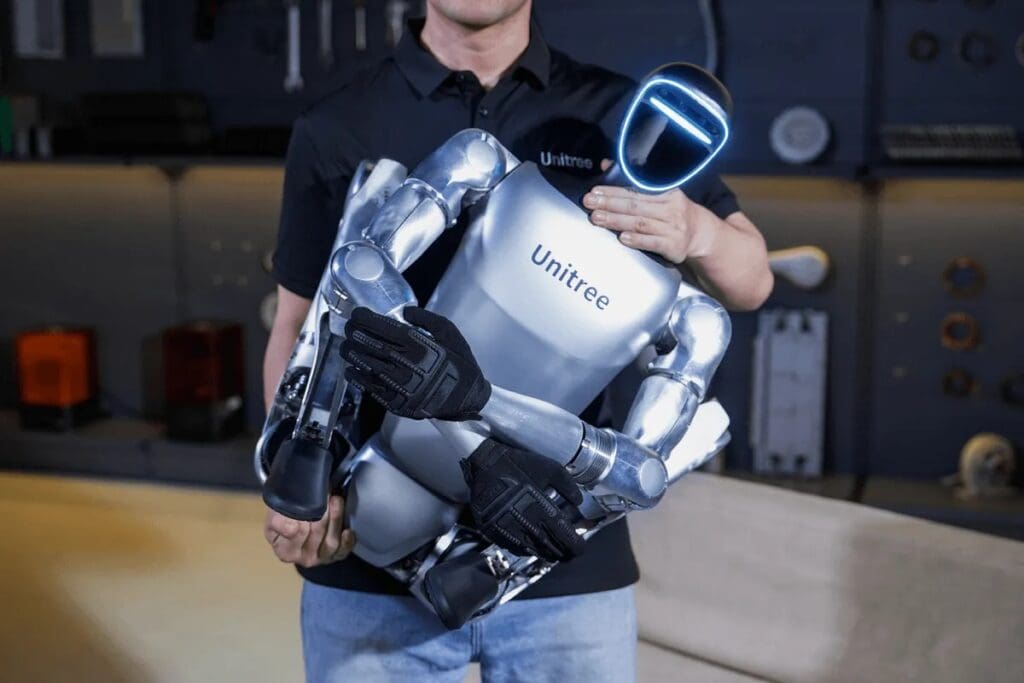
The progress in robotic technology has been driven by advancements in artificial intelligence (AI), machine learning (ML), sensors, and materials science. Modern robots are now equipped with AI algorithms that enable them to learn from their environment, make decisions, and adapt to new situations. Machine learning has further enhanced robots’ ability to improve their performance over time without explicit programming.
Sensors have also seen significant improvements, allowing robots to perceive their environment more accurately. For instance, LIDAR (Light Detection and Ranging) sensors are now widely used in autonomous vehicles for mapping and navigation. Additionally, advancements in materials science have led to the development of more durable, flexible, and lightweight materials, making robots more efficient and versatile.
Applications of Robotic Technology
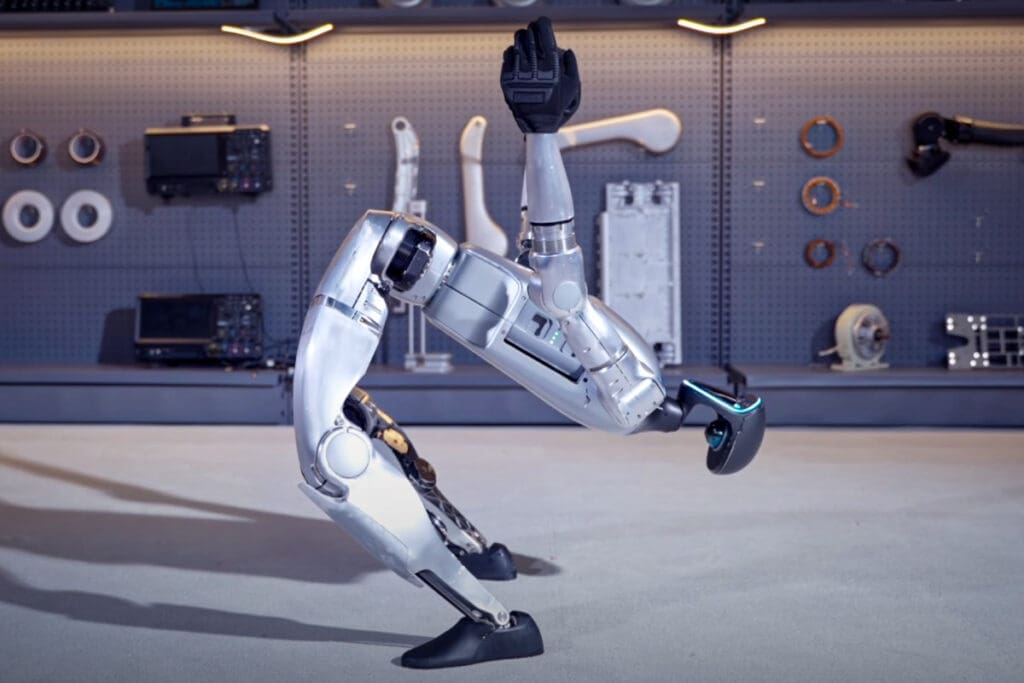
- Manufacturing: Robotic technology has revolutionized manufacturing through automation. Robots are now capable of performing repetitive tasks with precision, such as assembling products, welding, and painting. This has not only increased production efficiency but also improved product quality. Collaborative robots, or cobots, are designed to work alongside human workers, enhancing productivity and safety in factories.
- Healthcare: In healthcare, robots are playing a crucial role in surgery, rehabilitation, and patient care. Surgical robots, like the da Vinci Surgical System, allow surgeons to perform minimally invasive surgeries with greater precision. Rehabilitation robots assist patients in recovering mobility, while robotic exoskeletons help those with mobility impairments to walk. Additionally, robots are used for disinfection in hospitals, reducing the risk of infection.
- Exploration: Robots are essential tools in exploration, especially in environments that are too dangerous or inaccessible for humans. Autonomous underwater vehicles (AUVs) explore the ocean depths, while rovers like NASA’s Perseverance are exploring the surface of Mars. These robots gather valuable data, helping scientists better understand our planet and the universe.
- Service Industry: The service industry is increasingly adopting robotic technology for tasks such as cleaning, delivery, and customer service. For example, robotic vacuum cleaners like Roomba have become common household items, while delivery robots are being used by companies like Amazon and Starship Technologies to transport goods. In customer service, humanoid robots are being developed to interact with customers in hotels and retail stores.
The Future of Robotic Technology
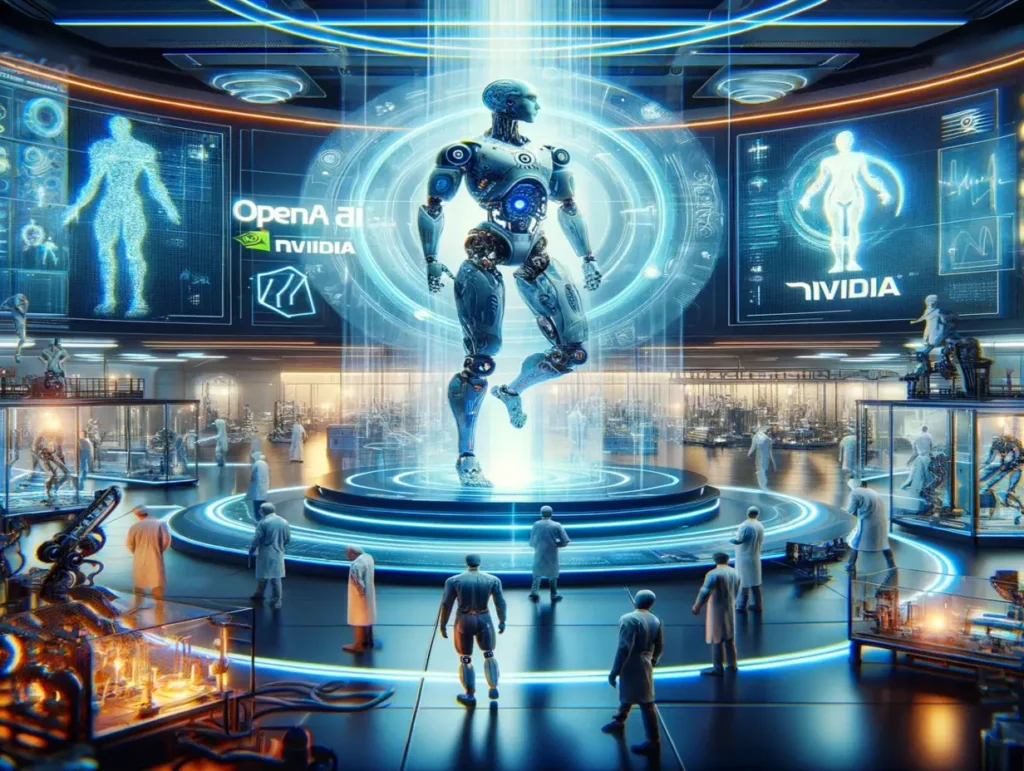
The future of robotic technology is full of possibilities. As AI and machine learning continue to advance, robots will become even more autonomous, capable of complex decision-making and problem-solving. The development of soft robotics, which involves robots made of flexible materials, will enable them to perform tasks that require delicate handling, such as interacting with humans or manipulating fragile objects.
Robots will also play a significant role in addressing global challenges, such as aging populations and environmental sustainability. In healthcare, robots will assist in caring for the elderly, providing companionship, and helping with daily tasks. In environmental conservation, robots will monitor and protect ecosystems, reduce pollution, and clean up hazardous waste.
Robotic technology is a rapidly advancing field that is reshaping industries and society. With continued innovation, robots will become increasingly integrated into our lives, offering new solutions to complex problems. The potential applications are vast, and as the technology matures, we can expect to see even more transformative changes in the coming years.
You may also like this content
- Hyundai Unveils Its Multi-Purpose Wheeled Robot
- The Era of Robot Soldiers Has Begun: China Deploys Humanoids to the Border
- Optimus Robots Will Manufacture Other Optimus Robots at Tesla Factories
Follow us on TWITTER (X) and be instantly informed about the latest developments…

